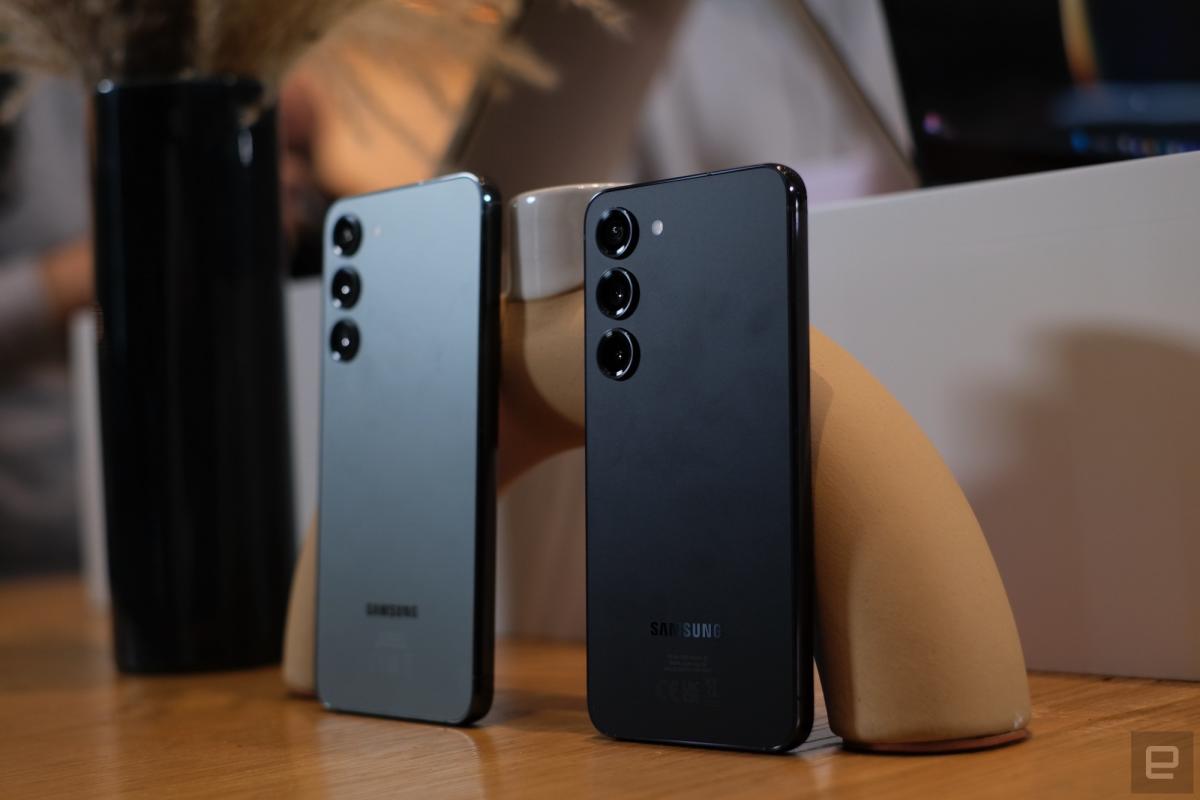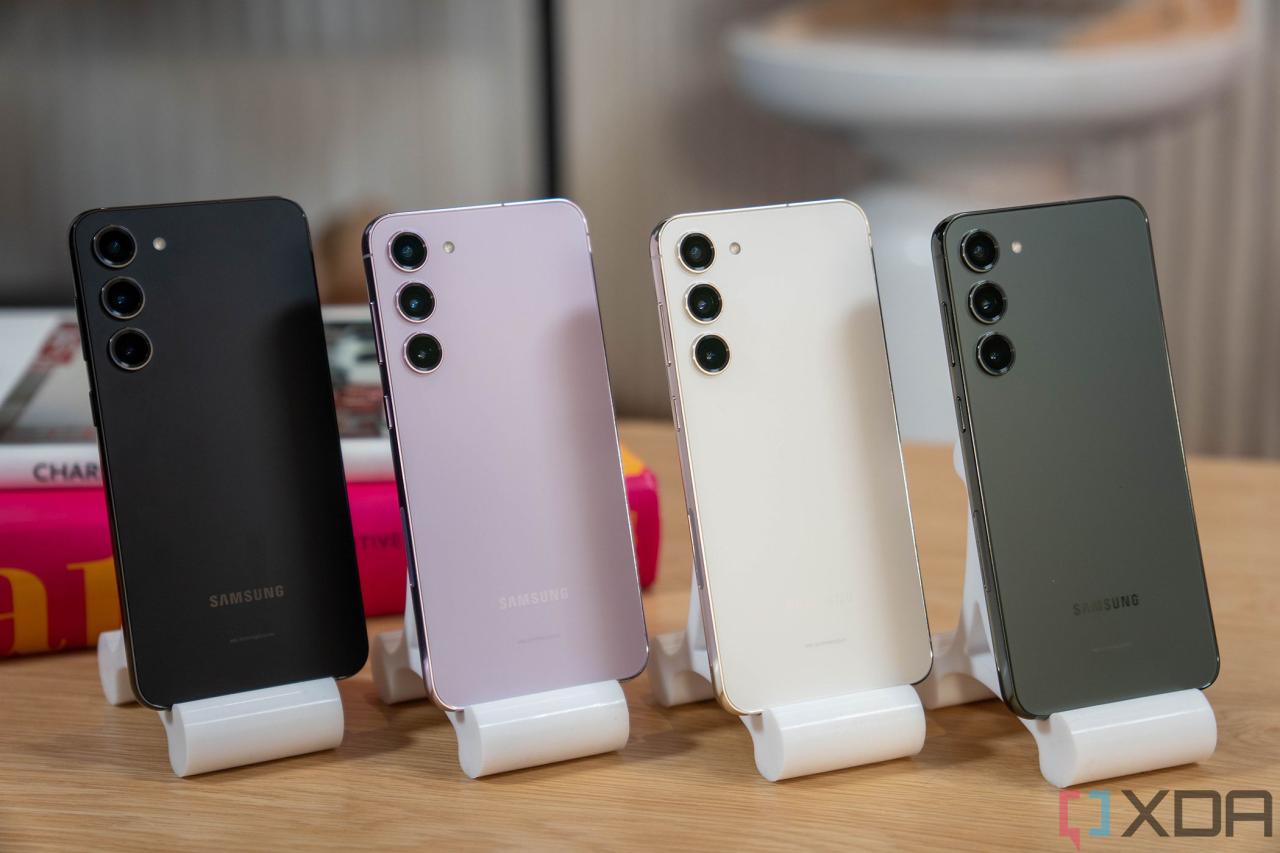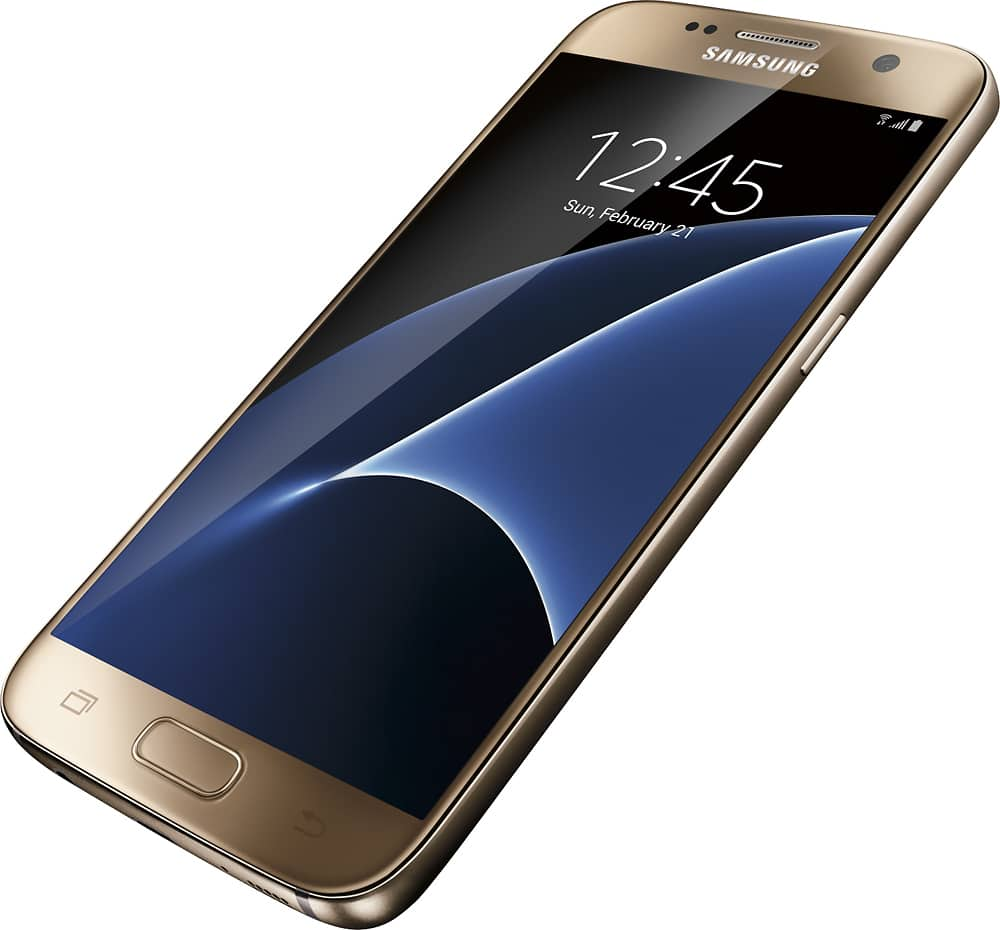samsung note7 stands out as a pivotal moment in smartphone history, encapsulating the fine line between technological advancement and consumer safety. This device, launched with great anticipation, quickly became infamous due to its battery-related issues, leading to a historic recall that shook the tech world. As we delve into its journey, we will explore its impressive specifications, the consumer experience, and the lasting impact on the industry.
Initially celebrated for its innovative features such as a stunning display and advanced camera capabilities, the samsung note7 was a clear competitor in the flagship market. However, beneath its sleek exterior lay significant challenges that would change the course of smartphone development. We will examine the timeline of events surrounding its launch and recall, providing insight into the lessons learned and innovations that emerged from this tumultuous episode.
History of Samsung Note7

The Samsung Note7 was a flagship smartphone released in August 2016, which gained significant attention for its innovative features and premium design. However, it was met with controversy due to safety issues that caused the device to be recalled shortly after its launch. This timeline and analysis will detail the critical events surrounding the Note7, its initial reception, and the underlying battery problems that led to its downfall.
Timeline of Significant Events
The timeline of the Samsung Note7 highlights the rapid trajectory of its launch, popularity, and subsequent recall. Each key event is essential for understanding the impact of the device on the market and consumer trust.
- August 2, 2016: Samsung officially launches the Galaxy Note7, receiving positive reviews for its design, features, and S Pen functionality, creating a buzz in the market.
- September 2016: Reports of the device catching fire emerge, leading Samsung to investigate the issue amidst growing consumer concern.
- September 15, 2016: Samsung announces a voluntary recall of the Note7, urging users to return their devices due to potential battery explosions.
- October 2016: Samsung begins to replace the recalled devices with “safe” units, which were believed to have a fixed battery issue.
- October 30, 2016: New reports of fires involving the replacement units surface, leading to further investigations.
- November 2016: Samsung permanently discontinues the Galaxy Note7 production after the second recall, declaring it unsafe for consumer use.
- December 2016: Samsung announces its plan for a comprehensive refund program for Note7 customers, marking the end of the Note7 saga.
Initial Reception and Sales Figures
Upon its release, the Samsung Note7 was touted as one of the best smartphones of the year. Initial reviews highlighted its stunning display, advanced camera capabilities, and seamless integration with the S Pen.
The device quickly garnered impressive sales figures, with estimates indicating that nearly 1 million units were sold within the first few weeks of its launch. The Note7 was positioned to compete directly with Apple’s iPhone 7, which further fueled its popularity. However, the excitement was short-lived as safety concerns began to overshadow its positive reception.
Battery Issues Leading to Recall
The battery issues that marred the Samsung Note7 were primarily attributed to manufacturing defects. Two different suppliers provided batteries for the device, leading to inconsistencies in quality.
The first batch of batteries, manufactured by Samsung SDI, had a design flaw that could cause overheating and, in some cases, combustion. The replacement batteries from another supplier, Amperex Technology Limited (ATL), also exhibited similar faults under certain conditions, leading to dangerous incidents even after the recall.
“Samsung’s investigation revealed that the battery design and manufacturing processes were inadequate, leading to short circuits and overheating.”
The incidents resulted in wider implications for Samsung, affecting consumer trust and leading to a significant financial impact. The total cost of the Note7 recall is estimated to have exceeded $5 billion, making it one of the most expensive product recalls in history.
Technical Specifications and Features

The Samsung Note7, launched in 2016, was a flagship device that showcased cutting-edge technology, combining powerful performance with sleek design. With its premium features, this smartphone aimed to cater to both productivity-focused users and tech enthusiasts. Below are the key specifications that highlight the Note7’s capabilities and unique attributes.
Key Specifications
The specifications of the Samsung Note7 were significant, especially in comparison to its contemporaries. Notably, the device’s standout features contributed to its reputation as a leading smartphone at the time.
- Display: 5.7 inches Super AMOLED, 1440 x 2560 pixels (518 ppi)
- Processor: Qualcomm Snapdragon 820 / Exynos 8890 (depending on the region)
- RAM: 4 GB
- Storage: 64 GB (expandable via microSD up to 256 GB)
- Camera:
- Rear: 12 MP, f/1.7, dual pixel phase detection autofocus, OIS
- Front: 5 MP, f/1.7
- Battery: 3500 mAh, fast charging, wireless charging
- Operating System: Android 6.0.1 (Marshmallow), upgradable to later versions
- Water and Dust Resistance: IP68 rated
Unique Features
The Samsung Note7 was equipped with several unique features that distinguished it from its rivals, enhancing user experience and functionality.
- S Pen Integration: The Note7 featured an enhanced S Pen, offering improved pressure sensitivity and new functionalities such as screen-off memo and translation capabilities.
- Always On Display: This feature allowed users to check notifications, time, and other relevant information without waking the device.
- IRIS Scanner: The Note7 introduced an iris recognition system for secure unlocking and authentication, providing an additional layer of security.
- HDR Video Support: The device supported HDR video playback, enabling better color and contrast in compatible media.
Comparison with Other Flagship Smartphones
To contextualize the Note7’s specifications, a comparison with other flagship smartphones of the same era highlights its competitive edge. Below is a comparison table featuring the Note7 alongside the iPhone 7 Plus and Google Pixel.
| Specifications | Samsung Note7 | iPhone 7 Plus | Google Pixel |
|---|---|---|---|
| Display | 5.7 inches, Super AMOLED | 5.5 inches, Retina HD | 5.0 inches, AMOLED |
| Processor | Snapdragon 820 / Exynos 8890 | A10 Fusion chip | Snapdragon 821 |
| RAM | 4 GB | 3 GB | 4 GB |
| Camera (Rear) | 12 MP | 12 MP | 12.3 MP |
| Battery | 3500 mAh | 2900 mAh | 2770 mAh |
| Water Resistance | IP68 | IP67 | No |
“The Samsung Note7’s combination of powerful hardware and innovative features set a high benchmark for smartphones in 2016.”
Consumer Impact and Responses: Samsung Note7
The release of the Samsung Note7 was initially met with enthusiasm, as consumers eagerly anticipated its advanced features and sleek design. However, as reports of battery malfunctions emerged, the excitement quickly turned into anxiety and frustration. The response from consumers varied widely, showcasing both loyalty to the brand and concerns over safety.
Consumer Testimonials and Experiences, Samsung note7
Consumers shared a range of testimonials regarding their experiences with the Samsung Note7. Many users praised the phone’s performance and capabilities, especially its camera quality and display. However, the joy was overshadowed by incidents of overheating and battery explosions. For instance, one user recounted how their Note7 caught fire while charging overnight, leading to significant property damage. Other consumers expressed feelings of betrayal, having invested in a premium product that posed safety risks.
The impact on consumer trust was profound. A survey conducted shortly after the recall indicated that over 50% of Note7 owners were dissatisfied, and many stated they would hesitate to purchase Samsung products in the future. The emotional toll was evident, as customers felt their safety was compromised and their loyalty was tested.
Financial Impact on Samsung
The financial repercussions of the Note7 recall were staggering. Samsung estimated the total cost of the recall to be around $5.3 billion. This figure included direct costs like refunds and replacements, as well as indirect costs stemming from damage to their brand reputation. The company’s stock price dropped significantly during the recall period, which further signaled investor concerns about the long-term implications for Samsung’s image.
The recall led to a decline in market share, as competitors seized the opportunity to attract former Samsung customers. Consumer electronics analysts noted that the incident could take years for Samsung to fully recover from, with potential long-term effects on sales across their smartphone lineup.
Measures Taken by Samsung
In response to the overwhelming consumer concerns post-recall, Samsung implemented several measures to regain trust and ensure product safety. The company initiated a comprehensive investigation into the battery issues, collaborating with independent firms to analyze the faults. This approach aimed to provide transparency and restore consumer confidence.
Additionally, Samsung launched a robust exchange program, offering Note7 customers the option to return their devices for a full refund or exchange for a different model. The company also implemented new safety standards for its batteries, including an 8-point battery safety check, designed to prevent future incidents.
Samsung’s marketing strategies shifted as well, focusing on customer support and safety. They offered discounts on future purchases and extended warranties for affected customers to demonstrate their commitment to customer satisfaction. This multi-faceted approach aimed to not only address immediate concerns but also to re-establish the brand’s reputation in the long term.
Legacy of Samsung Note7

The Samsung Note7 incident serves as a significant case study in the evolution of battery safety and smartphone design, leaving an indelible mark on the industry. The repercussions of this event reverberated far beyond Samsung, influencing manufacturers and regulatory bodies alike. As the dust settled on the extensive recalls and public scrutiny, the smartphone landscape began to shift towards more stringent safety protocols and design innovations.
The Note7 incident underscored the critical importance of battery safety standards within the smartphone industry. Following the launch of the Note7, multiple organizations, including the Underwriters Laboratories (UL) and the International Electrotechnical Commission (IEC), began to revise and strengthen their guidelines for lithium-ion batteries. Manufacturers adopted more rigorous testing protocols, including enhanced thermal and stress testing to prevent overheating and short-circuiting. The significant backlash against the Note7 not only prompted immediate changes in safety regulations but also cultivated a broader culture of accountability for battery manufacturers.
Lessons Learned from the Note7 Launch
The Note7 launch provided valuable insights that shaped the trajectory of future Samsung devices. The following points emphasize the key lessons learned:
- Improved Quality Control: Samsung implemented a more robust quality assurance system to detect potential flaws in battery design and manufacturing processes. This includes additional testing phases and supplier audits to ensure adherence to safety standards.
- Enhanced Safety Features: Future models benefit from advanced safety features including multi-layer battery protection systems, which prevent overheating and potential fires, ensuring that devices remain safe during operation.
- Consumer Transparency: Samsung committed to transparent communication with consumers regarding product safety, launching public awareness campaigns to educate users on how to safely use and handle their smartphones.
- Design Reevaluation: The Note7 incident led to a critical reevaluation of design practices, prompting engineers to prioritize safety alongside aesthetics and functionality in future devices.
Innovations in Subsequent Samsung Galaxy Models
The challenges faced during the development of the Note7 spurred a wave of innovations in subsequent Galaxy models. The following innovations can be traced back to the lessons learned from the Note7 incident:
- Battery Management Systems: Later Galaxy devices introduced advanced battery management software that monitors real-time performance, optimizing charging cycles, and preventing overheating.
- Safe Battery Designs: The introduction of battery designs with improved thermal insulation and protective casing reduces the risk of damage and enhances durability.
- Fast Charging Technology: Samsung developed more efficient fast charging technologies that mitigate heat generation, ensuring safer and faster battery recharging.
- Consumer Feedback Integration: Samsung actively integrated user feedback into the design processes for future models, enhancing user experience and addressing safety concerns directly voiced by consumers.
Answers to Common Questions
What caused the battery issues in the samsung note7?
The battery issues were primarily due to manufacturing defects that led to short circuits, causing the devices to overheat and in some cases, catch fire.
How did Samsung respond to the recall of the samsung note7?
Samsung implemented a comprehensive recall process, offered refunds and exchanges, and enhanced their battery safety protocols to regain consumer trust.
What were the key specifications of the samsung note7?
The samsung note7 featured a 5.7-inch Super AMOLED display, 12 MP rear camera, 5 MP front camera, and a 3,500 mAh battery.
Did the samsung note7 impact Samsung’s financial performance?
Yes, the recall had a significant financial impact on Samsung, resulting in billions in losses and affecting their overall brand image for a period.
What innovations arose from the samsung note7 incident?
The incident led to improved battery safety standards and design changes in subsequent models, emphasizing rigorous testing and quality control measures.
The Samsung Galaxy S series has consistently set the benchmark in smartphone technology, delivering cutting-edge features and sleek designs. With each iteration, Samsung enhances its flagship offering, ensuring it meets the diverse needs of users worldwide. The Galaxy S line not only showcases powerful performance but also emphasizes camera quality, display, and user experience, making it a favorite among tech enthusiasts.
The controversy surrounding the Samsung Note7 was one of the most significant events in smartphone history. Despite its innovative features and impressive design, the device faced major safety concerns due to battery explosions. This incident led to a massive recall and ultimately reshaped how manufacturers approach smartphone safety, reminding consumers of the importance of quality control in technology.
